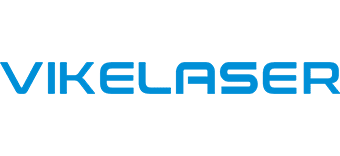What is the difference between laser engraving machine and laser marking machine?
The laser marking machine and laser engraving machine are being integrated into various industries due to their ability to undertake a number of different tasks. Another reason for the rise in the popularity of these machines is the legislation passed by the government that makes a permanent marking on products mandatory. In regular usage, the terms laser marking and laser engraving means the same thing. This interchangeability of terms can prove to be a problem in industrial context and thus it becomes essential to define these terms and enlist the difference between them.
The selection of the form of the laser machine depends on two things: the desired form of the end-product and the type of the material used. For some material, engraving will produce the optimal result while marking will be the most suitable for others.
The process of laser engraving involves the removal of some part of the material. The laser marking machine manufacturers design their machine in a way that allows the industries to define the depth of the engraving as per the requirement. The process of laser engraving is commonly used over materials, such as plastics, wood, steel, leather, etc. The laser engraving can be divided into three types, namely, etching, deep engraving, and laser ablation. Engraving is usually preferred means for drawing logos, serial numbers, etc. Through the engraving machine, an engraving of any depth between the range of 0.020” to 0.125” can be produced. Though laser engraving is a highly useful process, it is not ideal for sensitive materials.
Laser marking machine manufacturers supply their laser marking machine to the industries that are seeking to produce beautiful designs on their product. Unlike laser engraving machine, the material is not vaporized in this process and the material is not altered significantly. Due to this property of laser marking, it is used on materials that need to marked without significant alteration. Laser marking has been divided into four major forms, namely, annealing, foaming, carbon migration, and coloration. This process is most commonly used on sensitive materials like a medical device. Furthermore, it is also used for marking barcodes, UID codes, logos, etc.
While selecting the laser machine, you must take your production assembly into consideration. If you have an assembly where products are constantly moving then you must go for the flying laser marking machine. Through the help of On flying laser marking machine, the industries acquire the ability to flawlessly mark their object while it is still moving on the assembly line. This form of laser thus ends up saving a lot of time of the industry and also helps in increasing the overall productivity of the company. Any company desiring fast production speed must go for flying laser marking machine.

